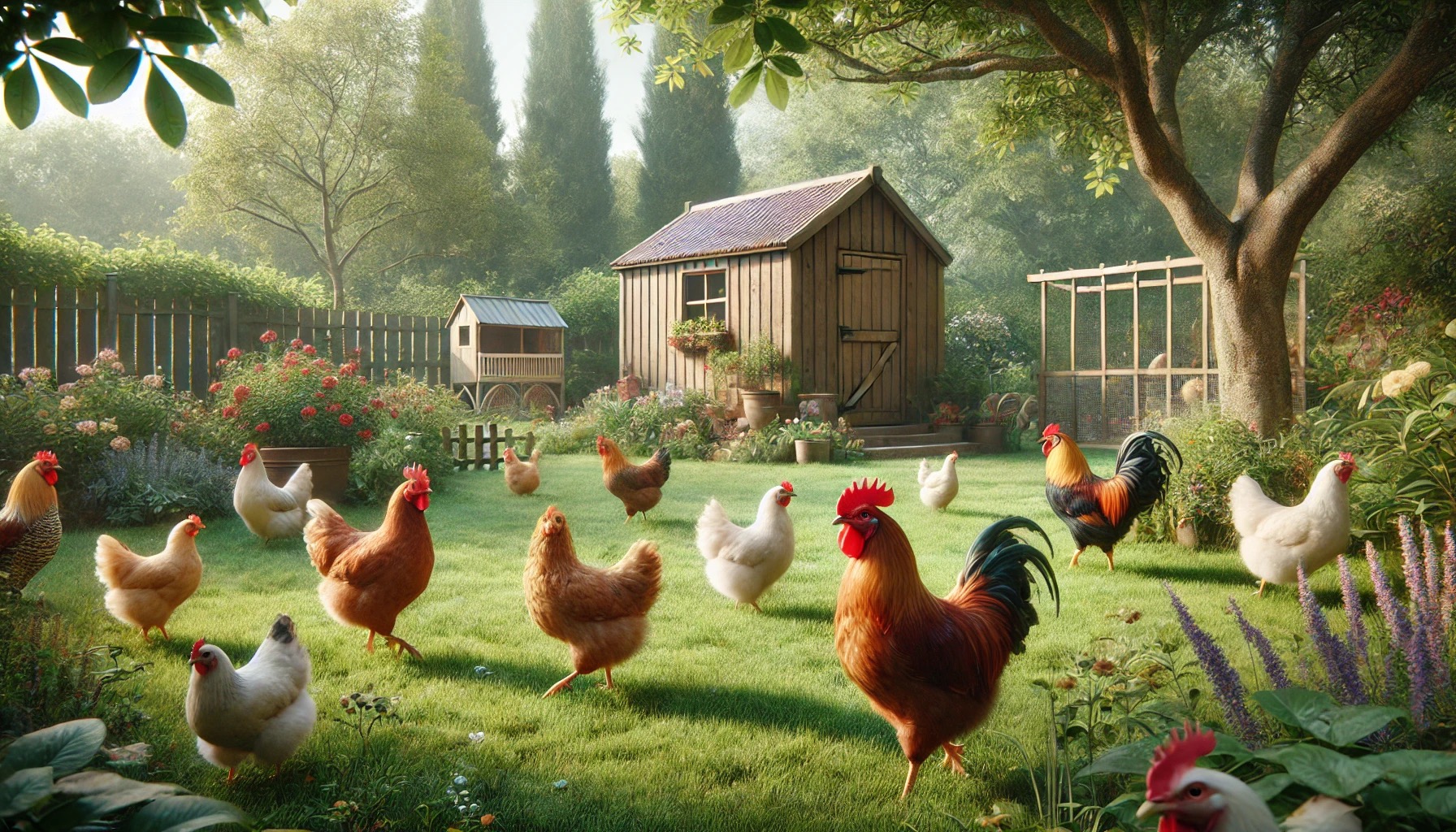
Chicken Breeds for Backyard Chicken Keepers: Everything You Need to Know
If you’re new to raising chickens or considering adding a flock to your backyard, one of the first decisions you'll make is choosing the right breed. Different chicken breeds vary in temperament, egg-laying ability, and general care requirements. Understanding the basics of popular breeds will help you find the perfect fit for your backyard setup and lifestyle. Here, we’ll cover some of the most popular breeds, their egg-laying habits, lifespan, personality, and more, giving you the information you need to start your chicken-keeping journey.
Popular Chicken Breeds for Backyard Flocks
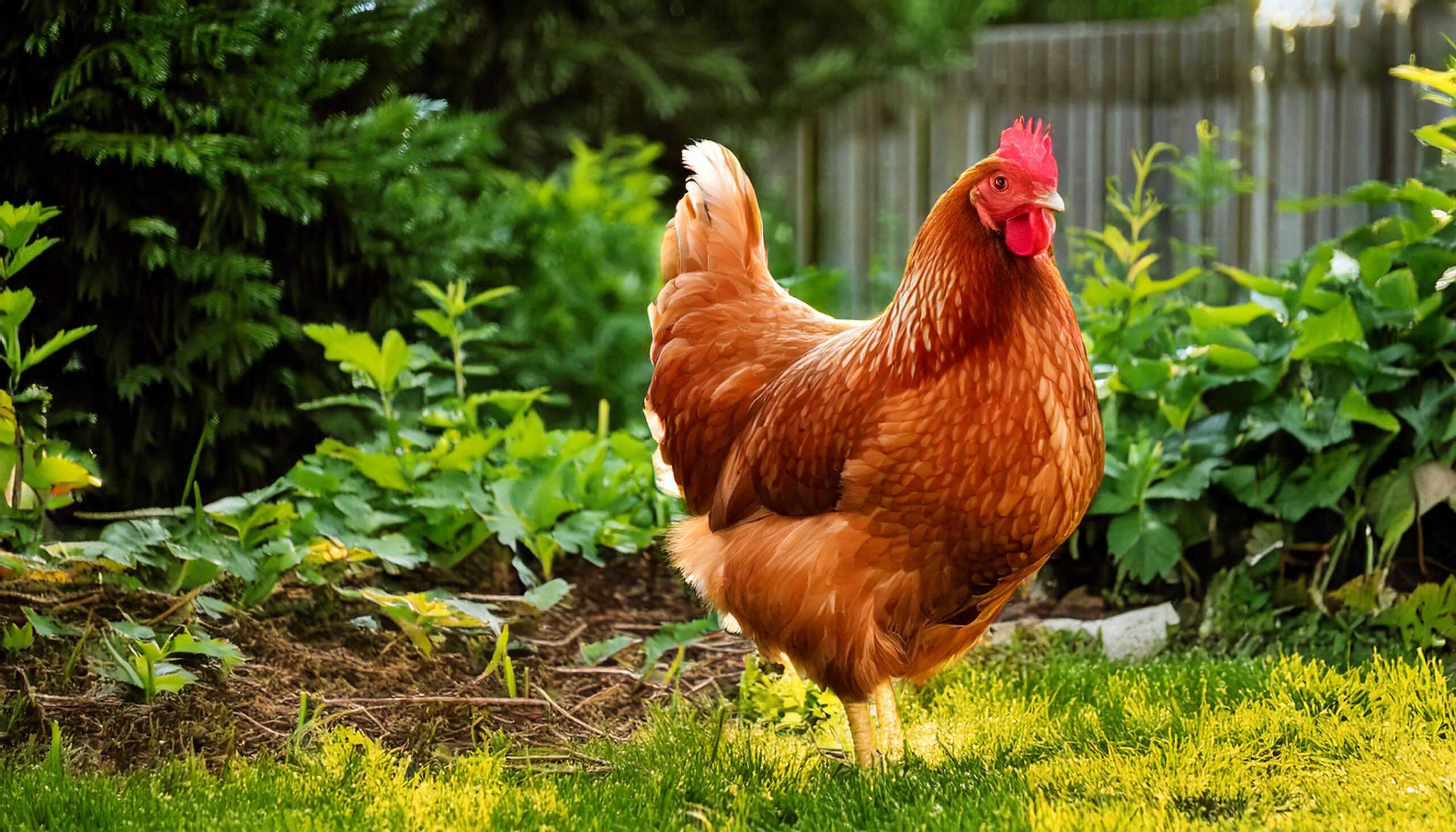
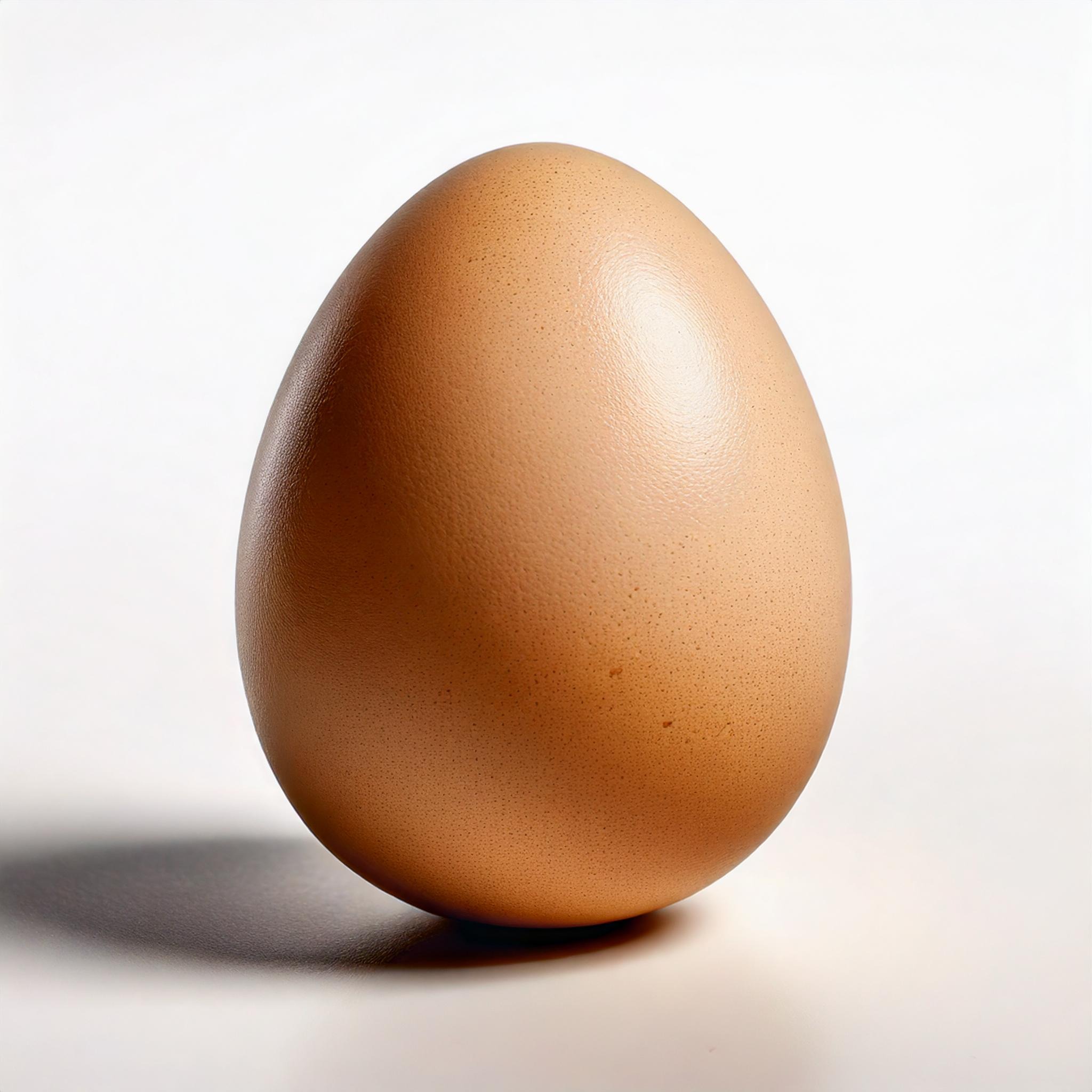
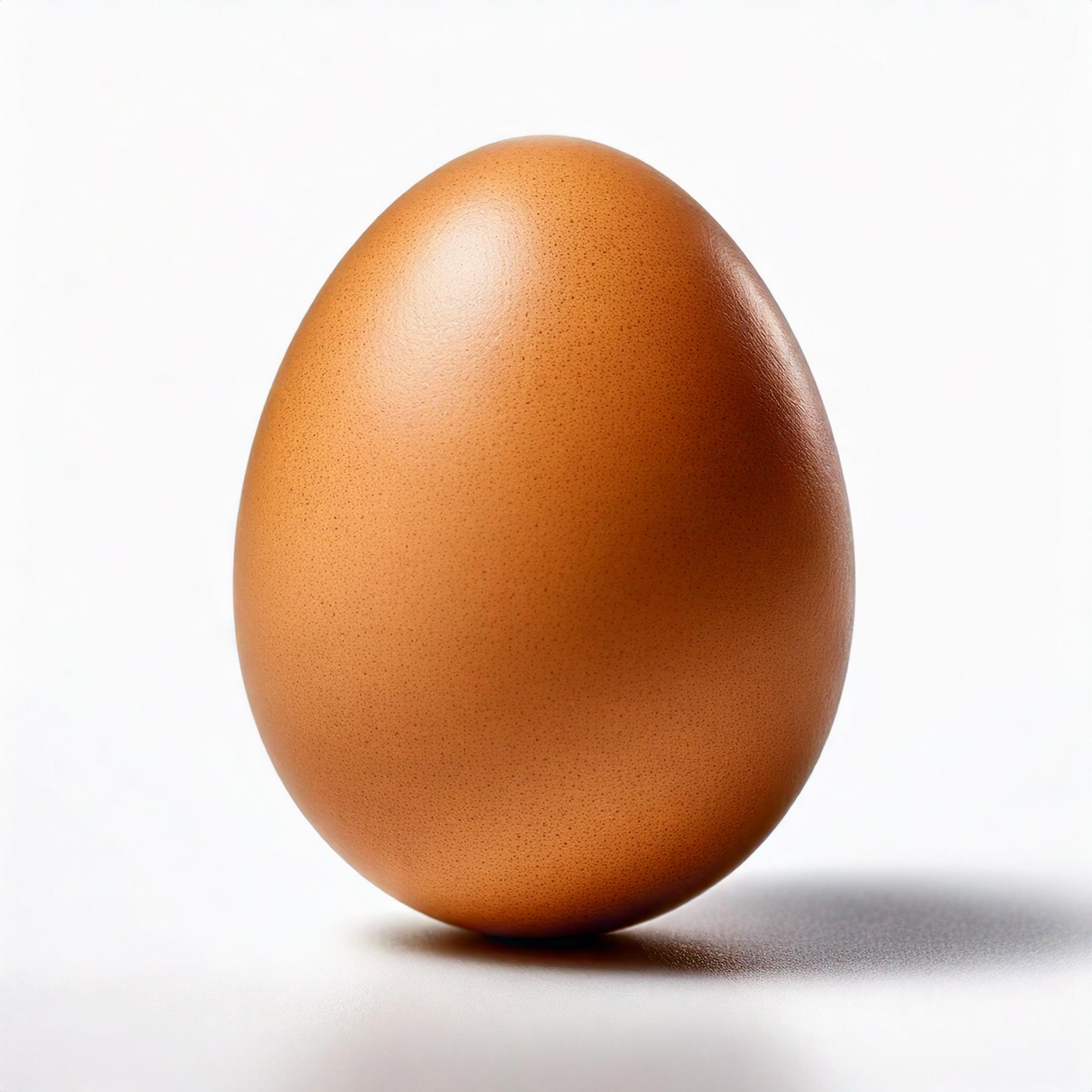
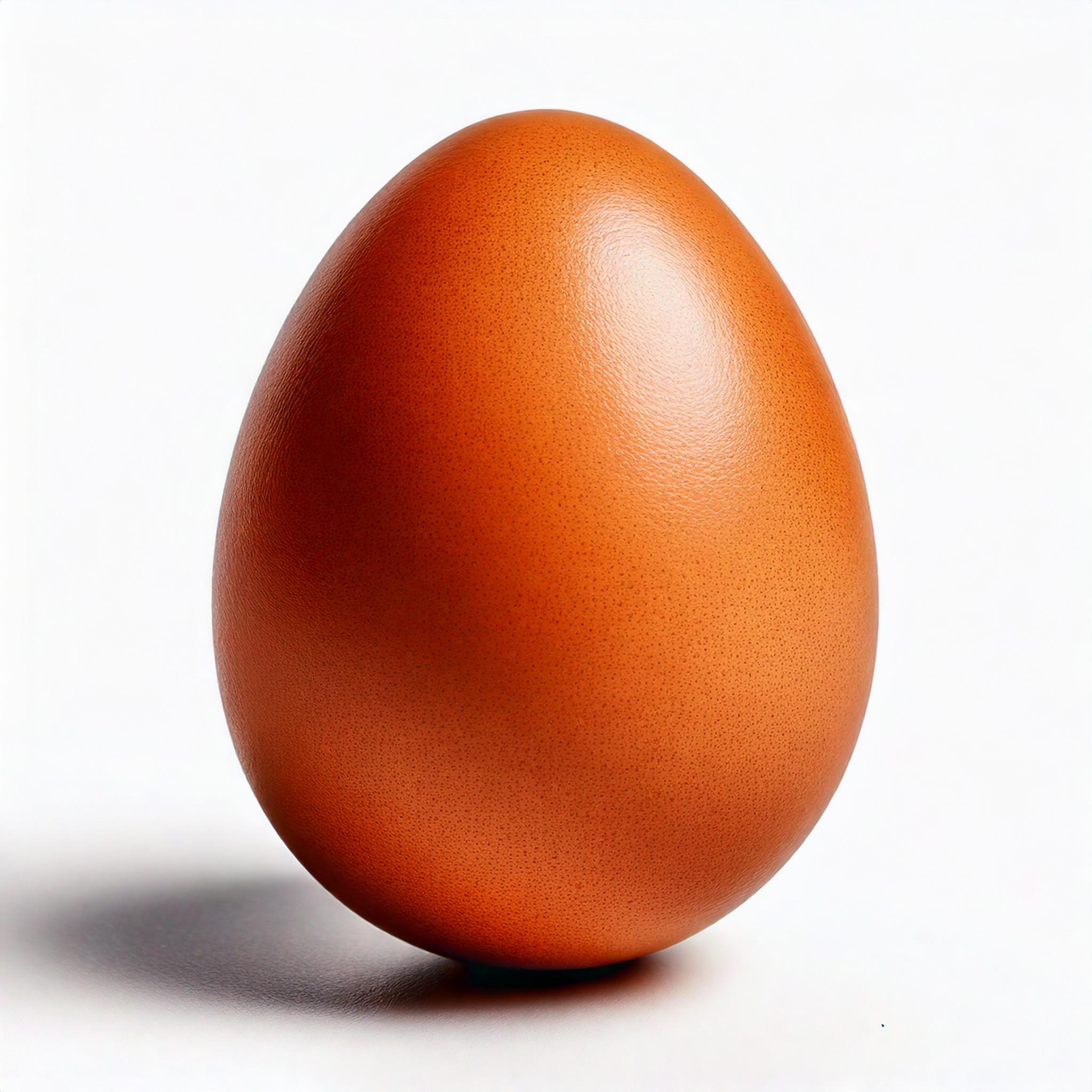
1. Rhode Island Red
- Egg Production: 250-300 eggs per year
- Egg Color: Brown
- Egg Size: 2 to 2.5 ounces (56 to 71 grams)
- Lifespan: 5-8 years
- Time to Start Laying: Around 18-24 weeks
-
- Hens: Approximately 6.5 pounds (3 kg)
- Roosters: Around 8.5 pounds (3.9 kg) Weight:
- Rhode Island Reds are medium to large-sized chickens, known for being hardy and versatile, making them ideal for backyard flocks.
- Egg Size: Large
- Average Weight: Around 2 to 2.5 ounces (56 to 71 grams)
- Rhode Island Reds are prolific layers, producing 250 to 300 brown eggs per year, making them one of the top egg-laying breeds.
- Personality: Rhode Island Reds are known for their hardiness and ability to adapt to various environments. They are confident, active, and can be a bit independent, but they’re generally friendly toward humans.
- Why Choose Them: If you’re looking for a dependable egg-layer, Rhode Island Reds are an excellent choice. Their resilience makes them a great fit for beginners.
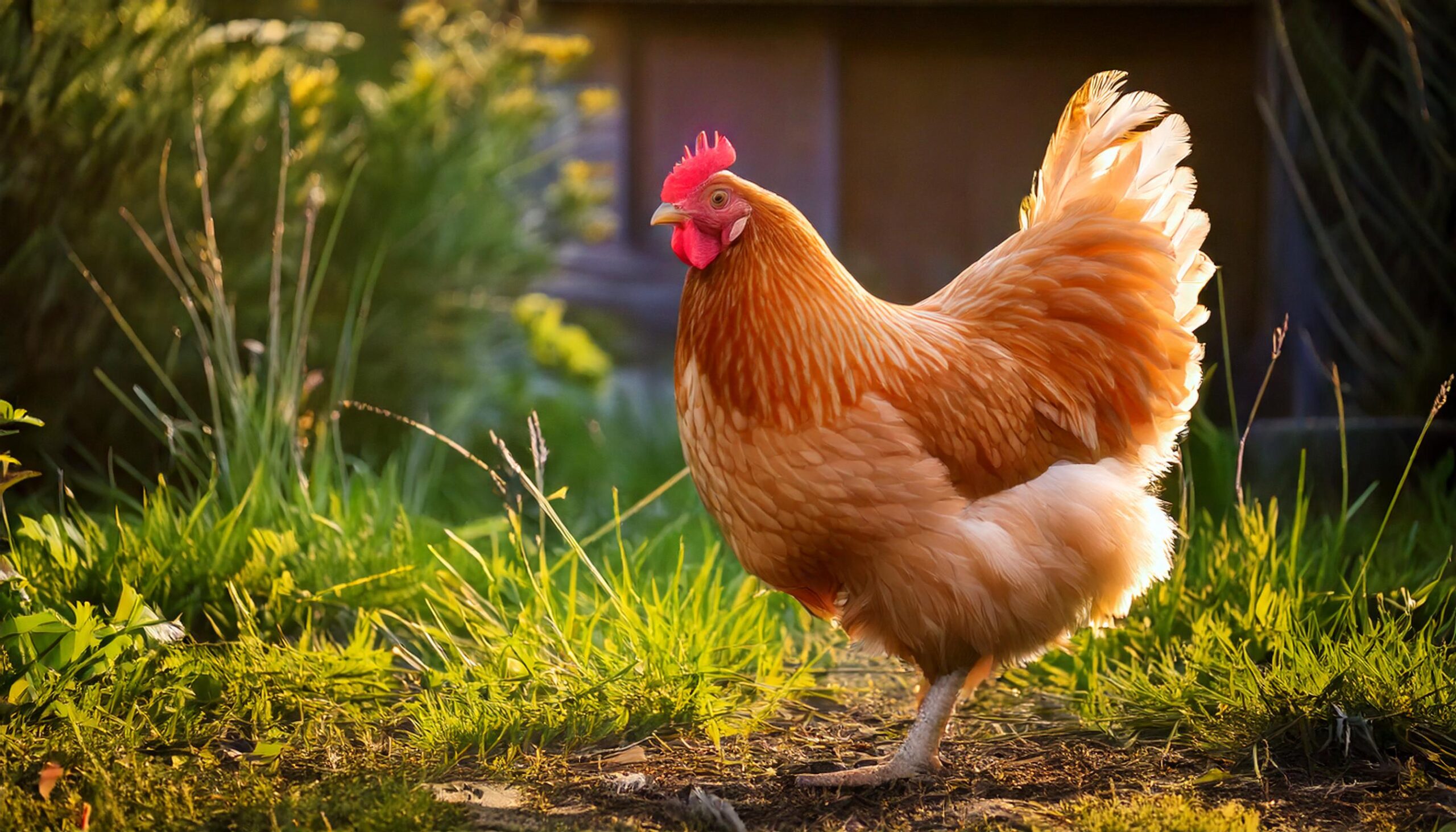
2. Buff Orpington
- Egg Production: 200-280 eggs per year
- Egg Color: Brown
- Egg Size: 2 to 2.5 ounces (56 to 71 grams)
- Lifespan: 8-10 years
- Time to Start Laying: Around 22-26 weeks
- Weight:
- Hens: Around 6 to 8 pounds (2.7 to 3.6 kg)
- Roosters: Around 8 to 10 pounds (3.6 to 4.5 kg
- Buff Orpingtons are larger and more robust than many other backyard breeds, with a calm and friendly demeanor, making them a popular choice for families.
- Egg Size: Large
- Average Weight: About 2 to 2.5 ounces (56 to 71 grams)
- Buff Orpingtons are good layers, producing approximately 200 to 280 light brown eggs per year. They are known for steady production, though they may lay fewer eggs than smaller, more active breeds like Leghorns.
- Personality: Buff Orpingtons are known for their docile, friendly temperament. They are gentle birds that enjoy human interaction, making them perfect for families and those who want a pet-like chicken.
- Why Choose Them: Their calm demeanor makes them ideal for beginners or those with children. They’re also good winter layers, producing eggs year-round.

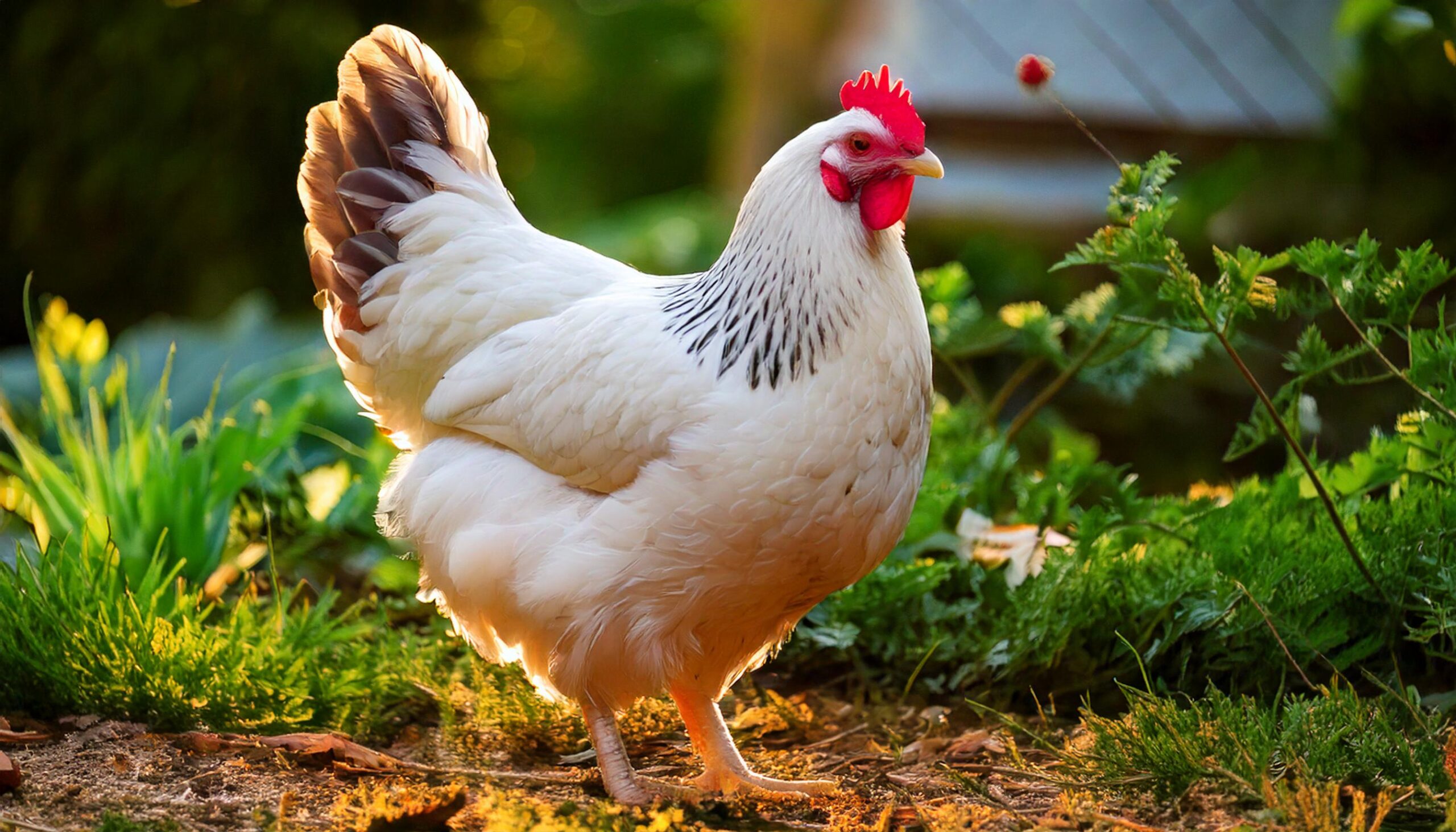
3. Leghorn
- Egg Production: 250-320 eggs per year
- Egg Color: White
- Lifespan: 5-7 years
- Time to Start Laying: Around 16-20 weeks
- Weight:
- Hens: Approximately 4 to 5 pounds (1.8 to 2.3 kg)
- Roosters: Around 6 pounds (2.7 kg)
- Leghorns are generally lighter and more slender compared to other backyard chicken breeds, contributing to their agility and high energy levels.
- Egg Size: Large
- Average Weight: About 2 to 2.5 ounces (56 to 71 grams)
- Leghorns are prolific layers, typically producing around 280 to 320 white eggs per year, making them one of the most efficient layers in backyard flocks
- Personality: Leghorns are energetic, active birds that are known for being excellent foragers. They can be a bit flighty and independent, but they are productive and efficient egg layers.
- Why Choose Them: If high egg production is your goal, Leghorns are one of the top choices. They’re efficient and hardy, making them a popular option for egg-laying purposes.
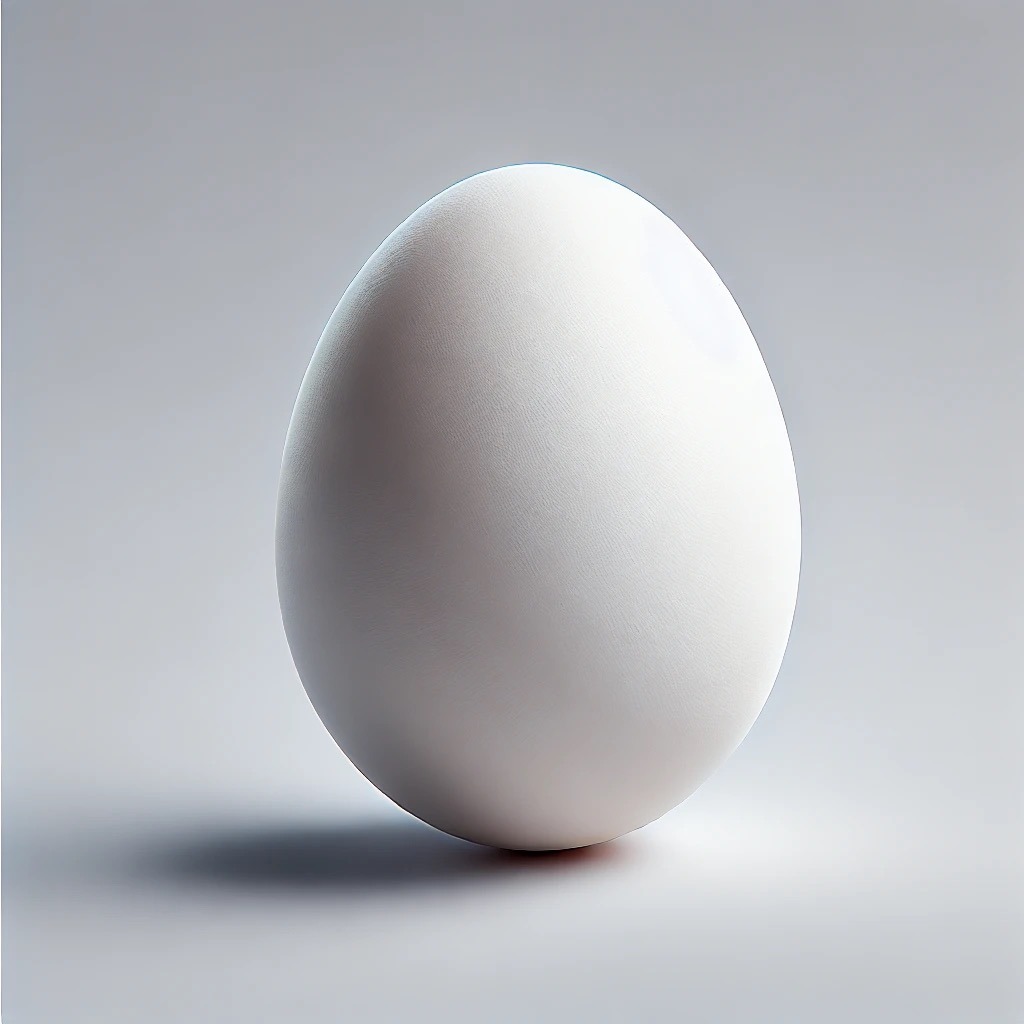
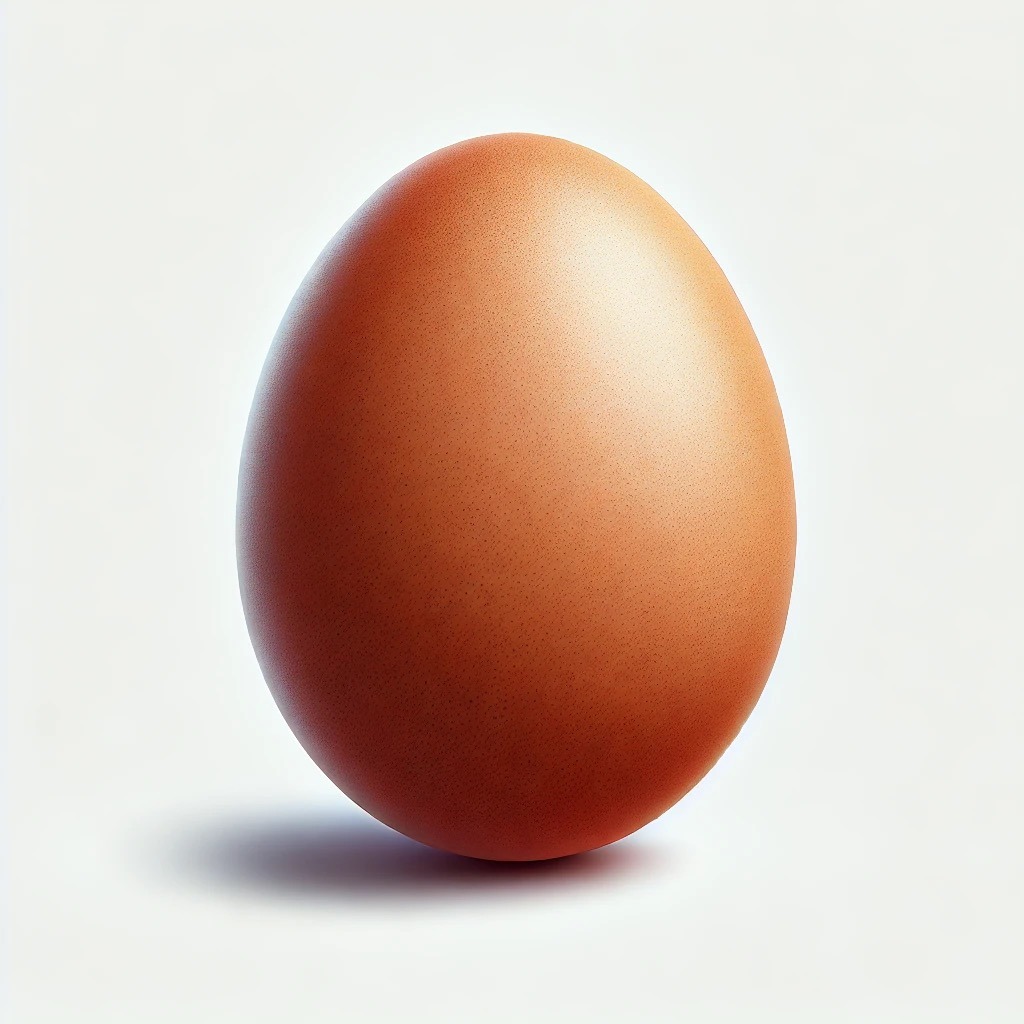
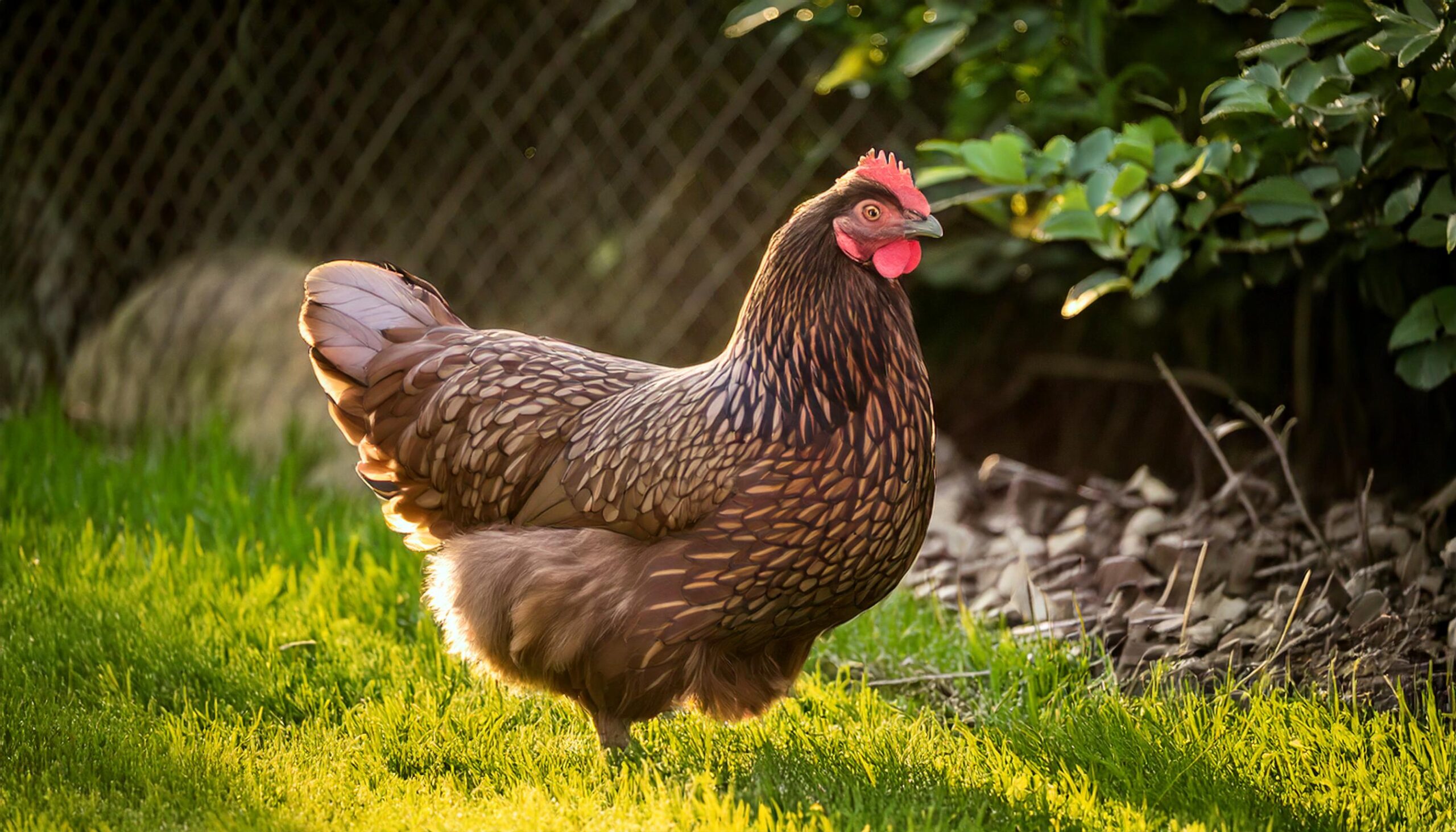
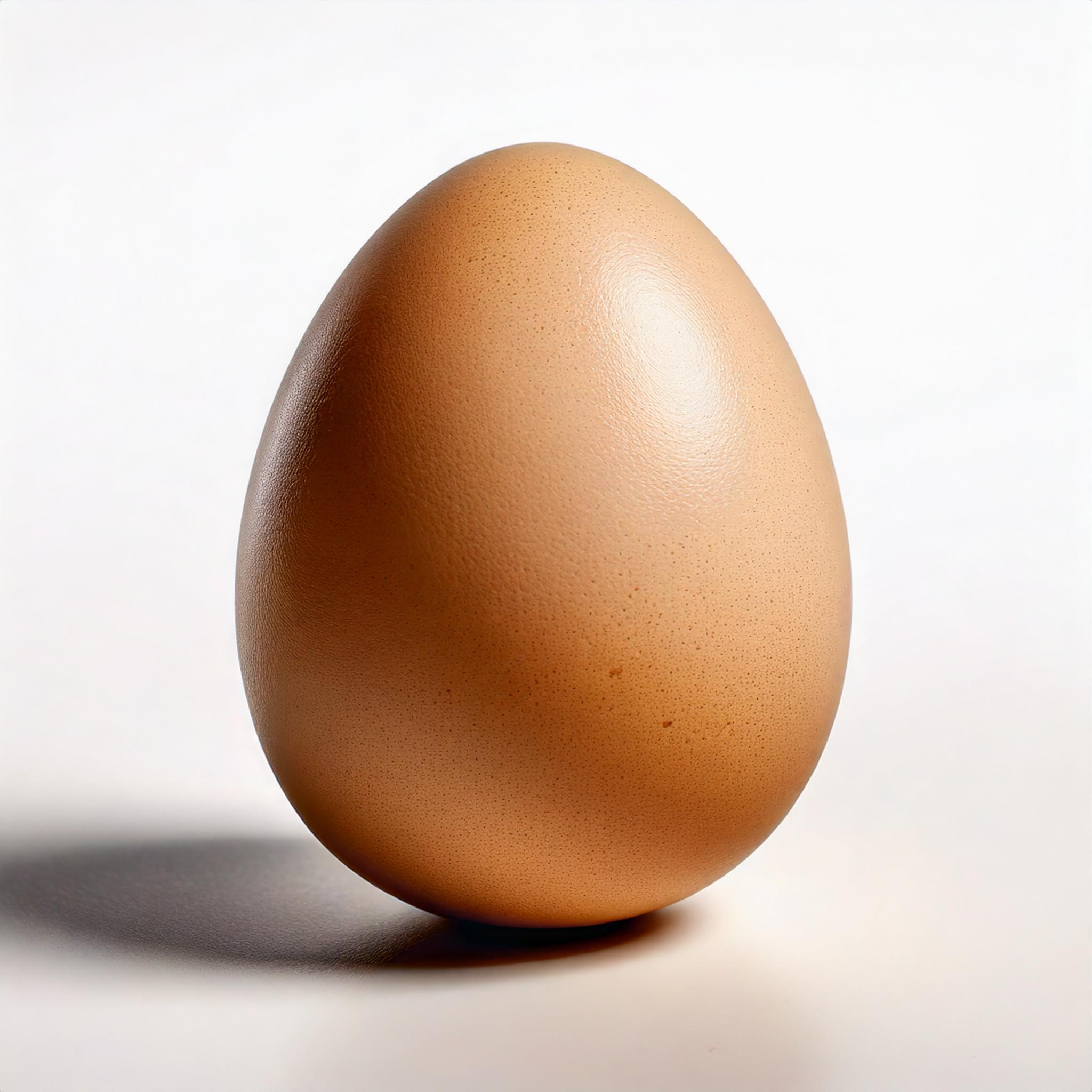
4. Australorp
- Egg Production: 250-300 eggs per year
- Egg Color: Light brown
- Lifespan: 6-10 years
- Time to Start Laying: Around 20-24 weeks
- Weight:
- Hens: Around 6.5 to 8 pounds (3 to 3.6 kg)
- Roosters: Around 8.5 to 10 pounds (3.9 to 4.5 kg)
- Australorps are medium to large-sized chickens, known for their hardiness and friendly demeanor, making them a popular breed for backyard flocks.
- Egg Size: Large
- Average Weight: About 2 to 2.5 ounces (56 to 71 grams)
- Australorps are prolific layers, producing 250 to 300 brown eggs per year, similar to Rhode Island Reds. They are prized for their steady egg production and large egg size.
- Personality: Australorps are calm, friendly, and easygoing birds. They are known for being excellent layers and have a laid-back temperament that makes them great for small backyards.
- Why Choose Them: This breed is highly productive and also known for their quiet and docile nature, making them a great choice for urban chicken keepers.
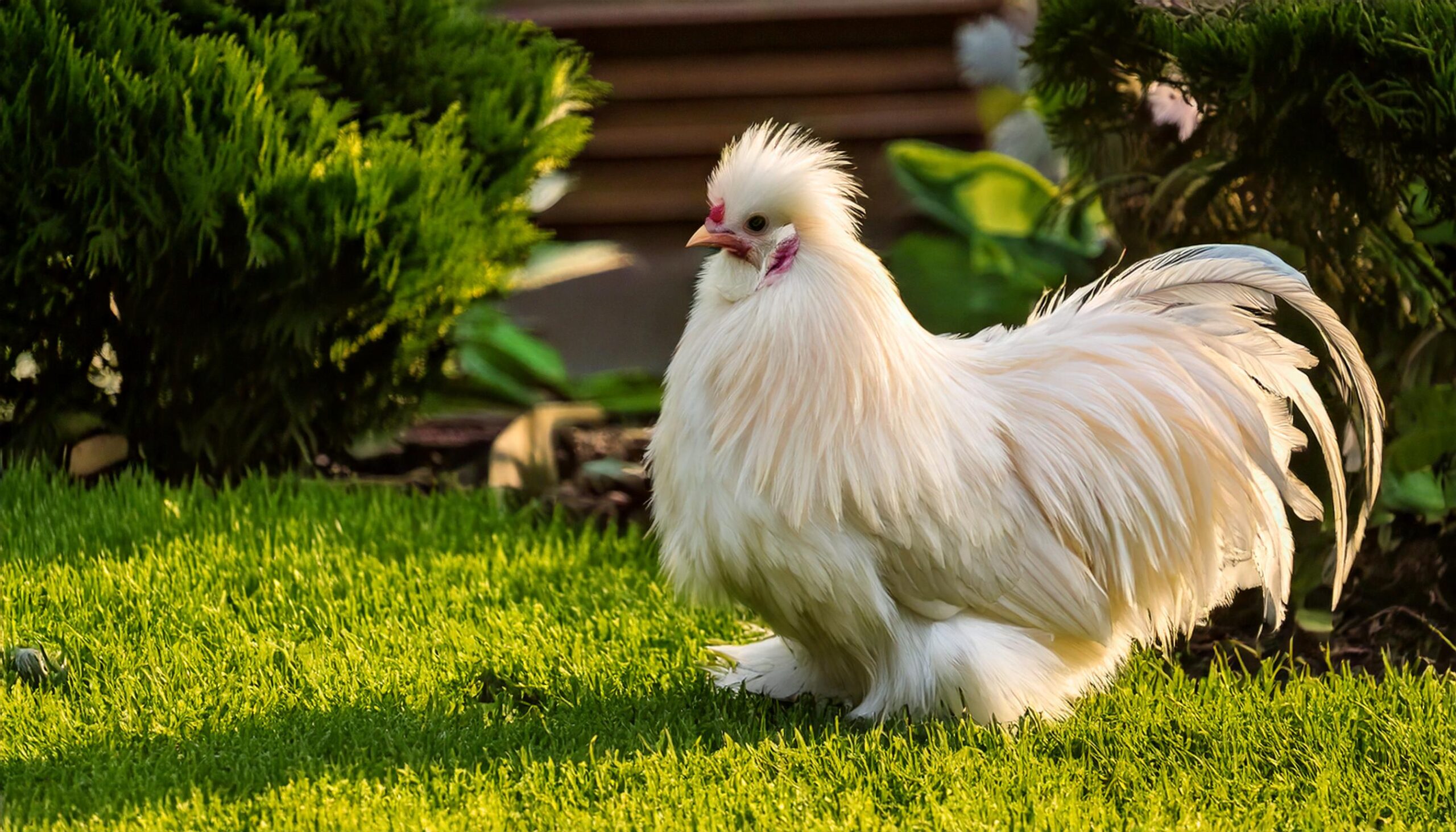
5. Silkie
- Egg Production: 100-120 eggs per year
- Egg Color: Cream to light brown
- Lifespan: 7-9 years
- Time to Start Laying: Around 24-28 weeks
- Weight:
- Hens: Around 2 to 3 pounds (0.9 to 1.4 kg)
- Roosters: Around 4 to 5 pounds (1.8 to 2.3 kg)
- Silkies are much smaller than most other chicken breeds and are often classified as bantams (small chickens). Their unique fluffy plumage and docile nature make them popular pets.
- Egg Size: Small to Medium
- Average Weight: Around 1.25 to 1.5 ounces (35 to 42 grams)
- Silkie hens lay about 100 to 120 small, cream-colored eggs per year. While they aren't known for high egg production, they are excellent brooders and are often used to hatch eggs from other chickens.
- Personality: Silkies are incredibly gentle, friendly, and affectionate. They have a unique fluffy appearance due to their soft feathers, and they are often described as the "lap dog" of chickens because they love being held and handled.
- Why Choose Them: Silkies are ideal for families, especially those looking for a pet-like chicken. While they’re not prolific layers, their sweet temperament makes them a popular choice.
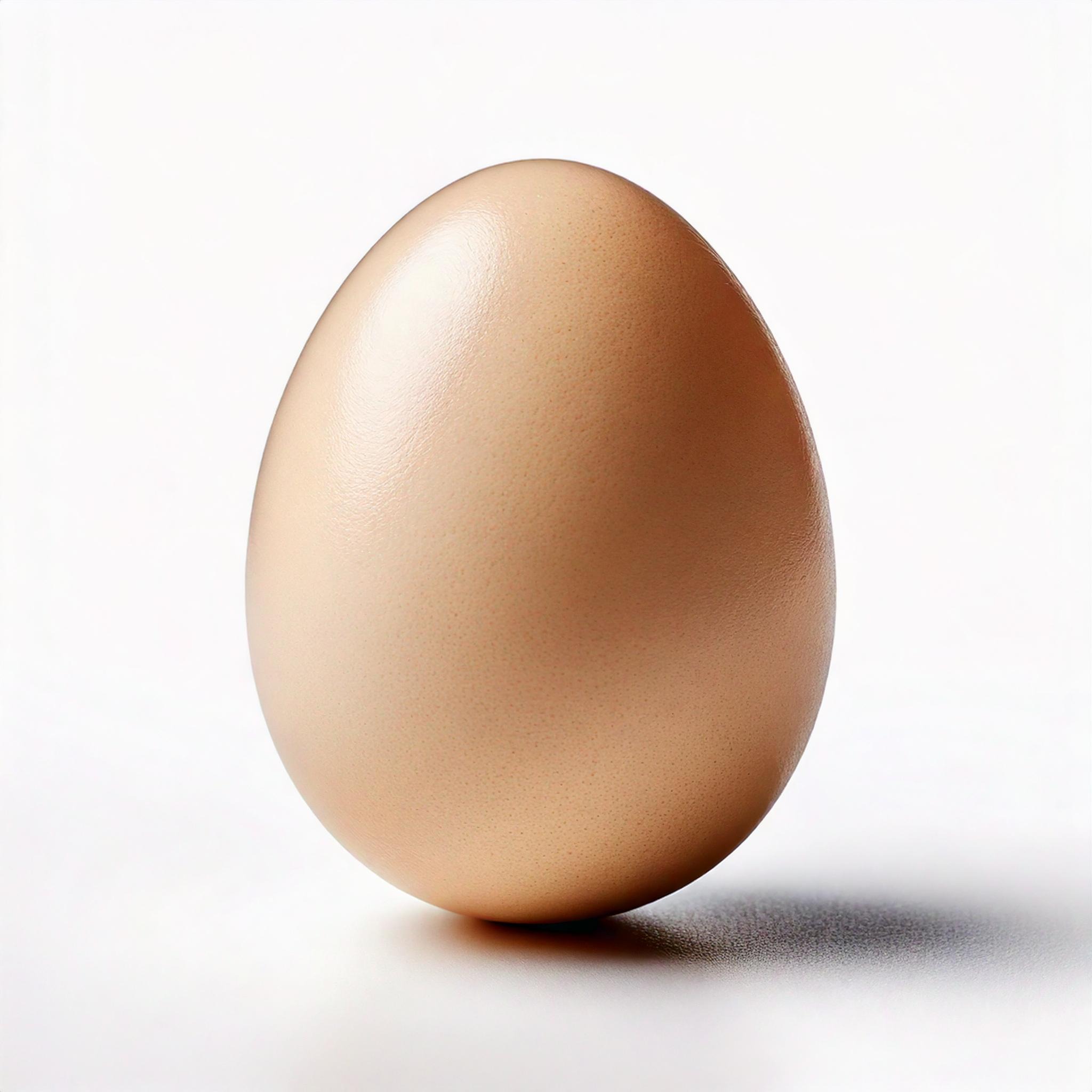
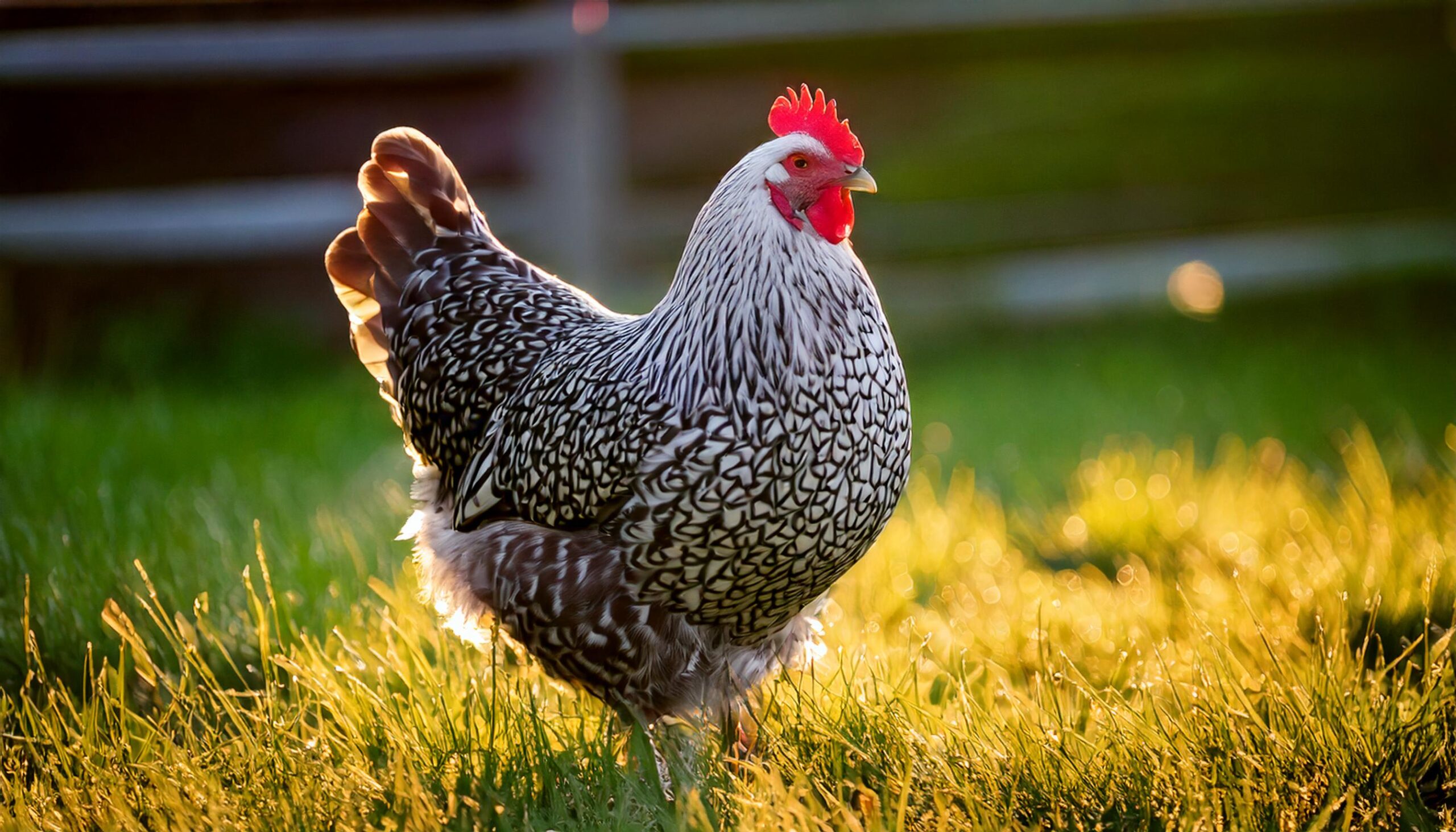
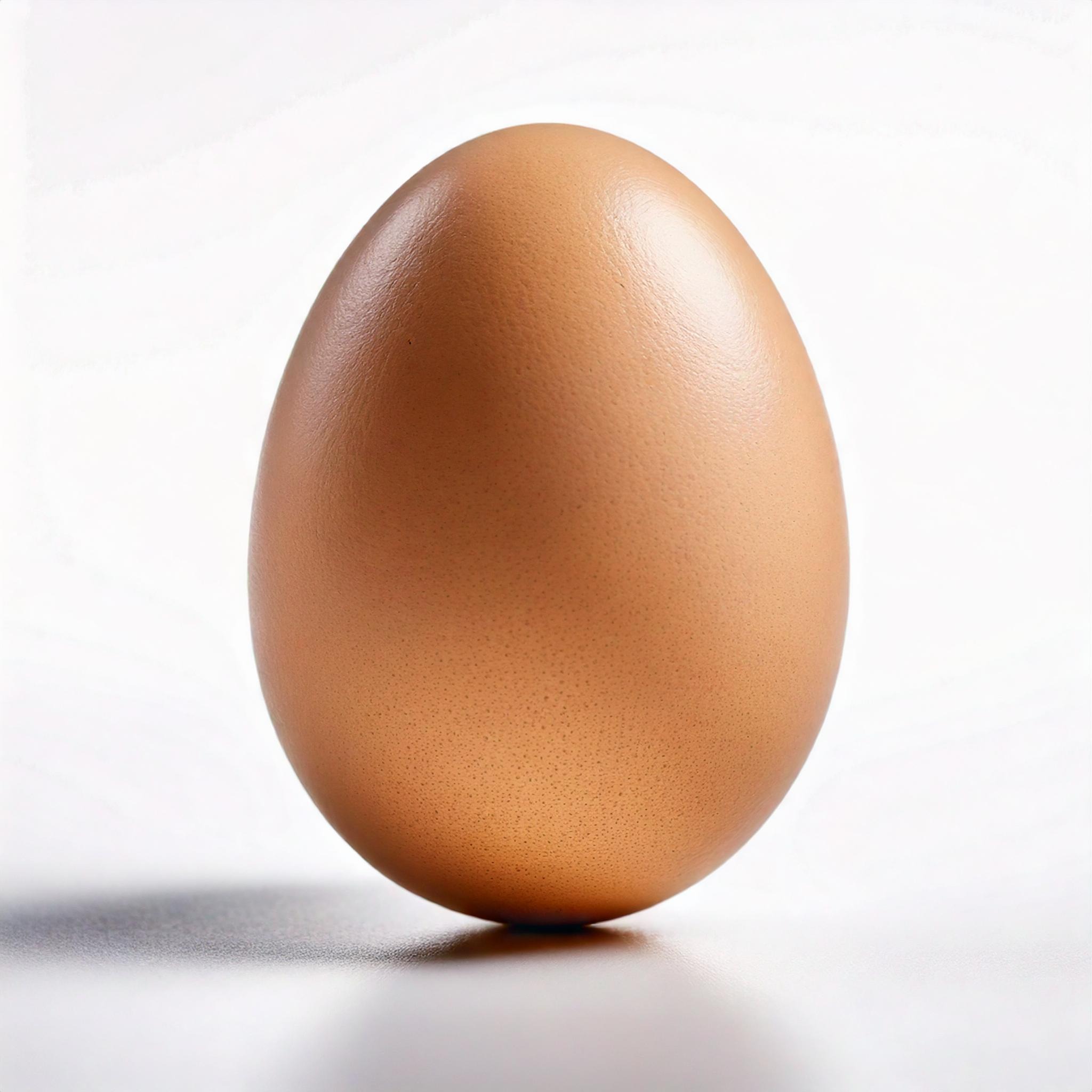
6. Plymouth Rock (Barred Rock)
- Egg Production: 200-280 eggs per year
- Egg Color: Brown
- Lifespan: 6-8 years
- Time to Start Laying: Around 18-22 weeks
- Weight:
- Hens: Around 7 to 8 pounds (3.2 to 3.6 kg)
- Roosters: Around 9 to 10 pounds (4 to 4.5 kg)
- Plymouth Rocks are medium to large-sized chickens, known for their hardiness, calm temperament, and good dual-purpose nature (for both meat and eggs).
- Egg Size: Large
- Average Weight: About 2 to 2.5 ounces (56 to 71 grams)
- Plymouth Rock hens are reliable layers, producing around 200 to 280 brown eggs per year. Their egg-laying ability, combined with their sturdy build, makes them a popular choice for backyard flocks.
- Personality: Plymouth Rocks are calm, friendly, and easy to handle. They are good with children and are a popular dual-purpose breed, meaning they’re valued for both meat and egg production.
- Why Choose Them: Their versatility and dependable egg-laying make them a great all-around breed for beginners or those who want chickens for both eggs and meat.
Key Considerations for Backyard Chicken Keepers
1. Egg Production
One of the top reasons people keep chickens is for a steady supply of fresh eggs. If egg production is your main priority, breeds like Leghorns, Rhode Island Reds, and Australorps are great options due to their high output. However, if you’re looking for a more ornamental or pet-like breed, Silkies may be more suitable, even though they lay fewer eggs.
2. Lifespan and Long-Term Care
Chickens typically live between 5 and 10 years, though some can live longer with excellent care. As chickens age, their egg production slows down, so it’s important to consider both short-term egg-laying ability and long-term commitment when choosing your breed.
3. Temperament and Personality
Chickens have individual personalities, and some breeds are better suited for families or those new to raising chickens. Buff Orpingtons and Silkies are great for those looking for friendly, pet-like birds, while breeds like Leghorns are more independent and better suited for experienced chicken keepers.
4. Time Until They Start Laying
Most chickens begin laying eggs between 18 and 26 weeks of age. If you’re eager to get started with egg collection, choosing a breed with a shorter time to maturity, like Leghorns or Rhode Island Reds, may be ideal. On the other hand, breeds like Silkies and Buff Orpingtons may take a bit longer to start laying but offer unique benefits like calm temperaments.
5. Environmental Adaptability
Certain breeds are better suited for specific climates. For example, Buff Orpingtons and Australorps are known for being cold-hardy and can continue laying in winter months, while Leghorns are more heat-tolerant. Make sure to consider your local climate when choosing a breed to ensure their comfort and productivity year-round.
Choosing the Right Breed for Your Backyard Flock
Choosing the right breed of chickens for your backyard depends on your personal goals, whether it’s maximizing egg production, having family-friendly pets, or simply adding ornamental beauty to your yard. By understanding the differences in egg production, temperament, and care needs of different breeds, you can build a flock that suits your lifestyle and backyard setup.
Backyard chicken keeping is an enjoyable, rewarding hobby, and with the right breeds, you’ll have happy, productive chickens that provide fresh eggs and companionship for years to come.
